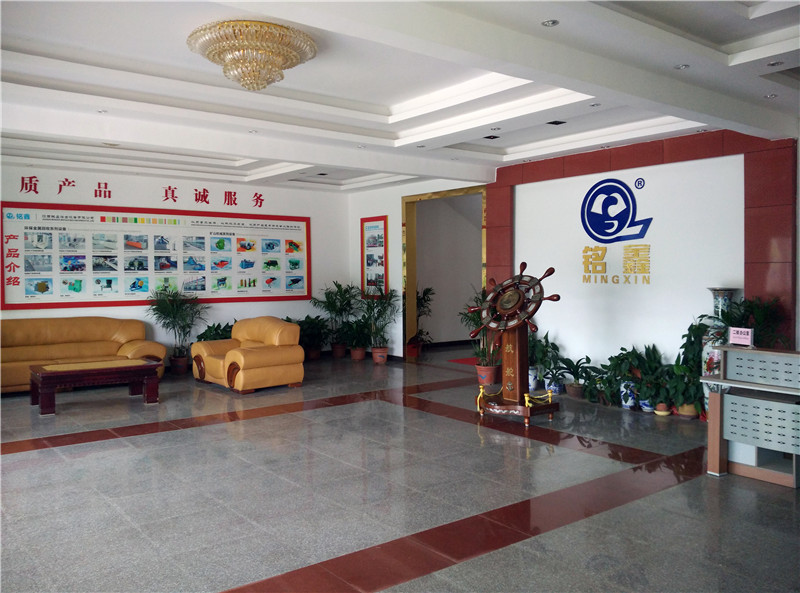Lithium-ion batteries have become an integral part of our daily lives, from smartphones to electric cars, and they provide powerful power for modern life. However, the problem of damage and failure of lithium-ion batteries has become increasingly prominent, which has brought no small challenge to the industry. This article will explore the causes of lithium-ion battery breakage, the dilemma facing the industry, and the future direction.
First, the cause of lithium-ion battery damage
1. Overcharge and overdischarge: In the case of overcharge or discharge of lithium-ion batteries, it may cause damage to the internal structure of the battery.
(2) Temperature impact: Extreme temperature conditions, whether too hot or too cold, can have a negative impact on the performance of lithium-ion batteries.
3. Physical damage: When the battery is hit by external forces or punctured, an internal short circuit may occur, resulting in battery damage.
4. Manufacturing defects: Defects in the battery production process, such as uneven electrodes or broken membranes, may also lead to reduced battery performance.
Second, the plight of the industry
1. Safety issues: Damage to lithium-ion batteries may lead to fire or explosion, bringing safety risks to users and the environment.
2. Recycling problems: Damaged lithium-ion batteries are difficult to recycle, increasing the environmental burden.
3. Cost pressure: With the improvement of battery performance requirements, research and development and production costs are also rising.
4. Market competition: As more and more enterprises enter the lithium-ion battery market, the competition is becoming increasingly fierce.
Third, the future development direction
1. Safety improvement: Improve the safety of lithium-ion batteries by improving battery design and materials.
2. Technological innovation: Research and development of new battery technologies, such as solid-state batteries, to improve battery performance and life.
3.Recycling: Establish an effective battery recycling system to reduce the impact on the environment.
4. Policy support: The government can encourage enterprises to carry out technological innovation and environmentally friendly production by providing tax incentives, subsidies and other measures.
The problem of Li-ion battery breakage is a complex challenge that requires the joint efforts of industry, government and consumers to solve. With technological innovation and policy support, we can look forward to a safer, greener and more sustainable future for the lithium-ion battery industry.











